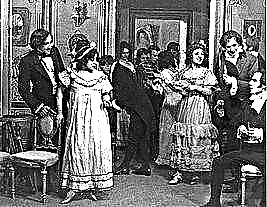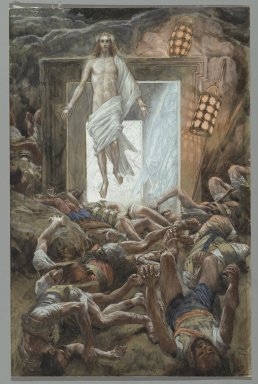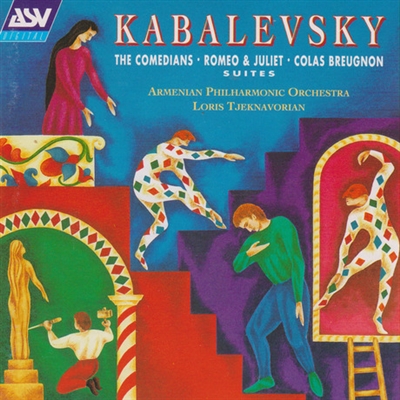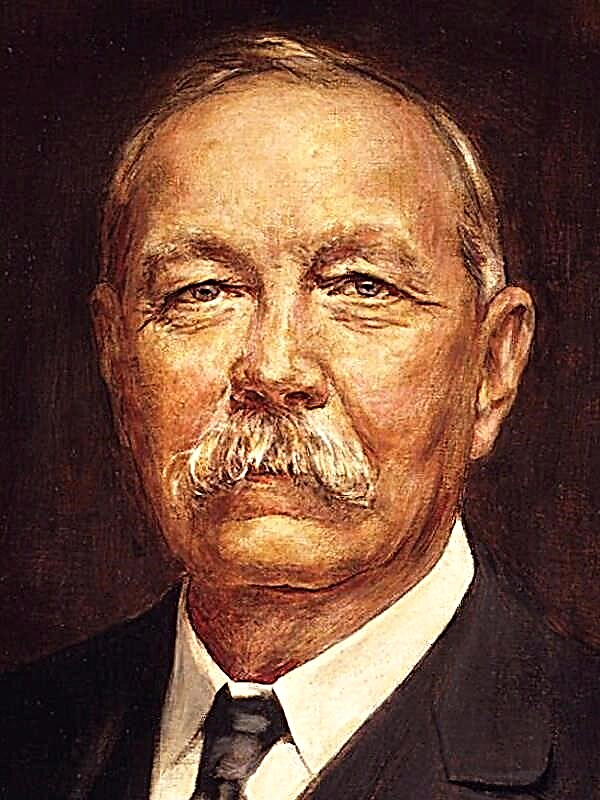"The Tale of Sonechka" tells about the most romantic period in the biography of Marina Tsvetaeva - about her Moscow life in 1919 - 1920. in Borisoglebsky lane. This is a time of uncertainty (her husband is white and has not been telling about herself for a long time), poverty (her daughters - one is eight, the other five - are starving and sick), persecution (Tsvetaeva does not hide that she is the wife of a white officer, and deliberately provokes the hostility of the winners ) And at the same time, this is the time of a great turning point in which there is something romantic and great, and the true tragedy of historical law is visible behind the triumph of cattle. The present is poor, poor, transparent, because the material has disappeared. The past and future are clearly visible. At this time, Tsvetaeva met with the same poor and romantic youth as Vakhtangov’s students, who rave about the French Revolution, the 18th century and the Middle Ages, mysticism — and if the then Petersburg, cold and austere, ceased to be the capital, is inhabited by the ghosts of German romantics , Moscow dreams of Jacobin times, of a beautiful, gallant, adventurous France. Here life is in full swing, here is the new capital, here the past is not so much mourned as they are dreaming of the future.
The main characters of the story are the charming young actress Sonechka Gollidey, a female girl, girlfriend and confidante of Tsvetaeva, and Volodya Alekseev, a student who is in love with Sonechka and worships Tsvetaeva. A huge role is played in the story by Alya, a child with a surprisingly early development, her mother’s best friend, a writer of poems and fairy tales, whose quite adult diary is often cited in The Tale of Sonechka. The youngest daughter, Irina, who died in 1920 in an orphanage, became for Tsvetaeva an eternal reminder of her involuntary guilt: “she didn’t save”. But the nightmares of Moscow life, the sale of handwritten books, rations being sold - all this does not play a significant role for Tsvetaeva, although it serves as a backdrop to the story, creating its most important counterpoint: love and death, youth and death. It is with this “dance of death” that the heroine-narrator seems to be everything that Sonya does: her sudden dance improvisations, flashes of fun and despair, her whims and coquetry.
Sonechka is the embodiment of the beloved Tsvetaevsky female type, which was later revealed in dramas about Casanova. This is a bold, proud, invariably narcissistic girl, whose narcissism is still nothing compared to eternal falling in love with an adventurous, literary ideal. Infantile, sentimental and at the same time endowed with a complete, feminine knowledge of life, doomed to die early, unhappy in love, unbearable in everyday life, Tsvetaeva’s beloved heroine combines the features of Maria Bashkirtseva (idol of Tsvetaeva’s youth), Marina Tsvetaeva herself, Pushkin’s Mariula Pushkin - but also the courtesans of the gallant times, and Henrietta from the notes of Casanova. Sonechka is helpless and defenseless, but her beauty is victorious, and her intuition is faultless. This is a woman of “couples excellence”, and therefore any ill-wishers pass before her charm and mischief. The book by Tsvetaeva, written in difficult and terrible years and conceived as a farewell to emigration, creativity, and life, is filled with excruciating longing for the time when the sky was so close, literally close, because “it’s not long from the roof to the sky” ( Tsvetaeva lived with her daughters in the attic). Then, through the everyday life, the great, universal and timeless shone through its thinning fabric of being, its secret mechanisms and laws passed through, and any era easily came into contact with that time, Moscow, turning point, on the eve of the twenties.
Yuri Zavadsky, already a dandy, an egoist, “a man of success”, and Pavel Antokolsky, the best of the young poets of the then Moscow, a romantic young man, writing a play about the dwarf of the Infanta, appear in this story. The motifs of Dostoevsky’s White Nights are woven into the fabric of The Tale of Sonia, because the hero’s selfless love for an ideal, unattainable heroine is primarily self-giving. The same dedication was Tsvetaeva’s tenderness for the doomed, all-knowing and naive youth of the end of the Silver Age. And when Tsvetaeva gives Sonechka her most and most lasting, precious and unique corals, in this symbolic gesture of giving, bestowing, and gratitude, the whole unquenchable Tsvetaeva soul with her thirst for sacrifice manifests itself.
But the plot, in fact, no. Young, talented, beautiful, hungry, untimely and aware of this people converge on a visit to the oldest and most gifted of them. They read poetry, invent stories, quote favorite fairy tales, play sketches, laugh, fall in love ... And then youth ended, the silver age became iron, and everyone parted or died, because it always happens.












